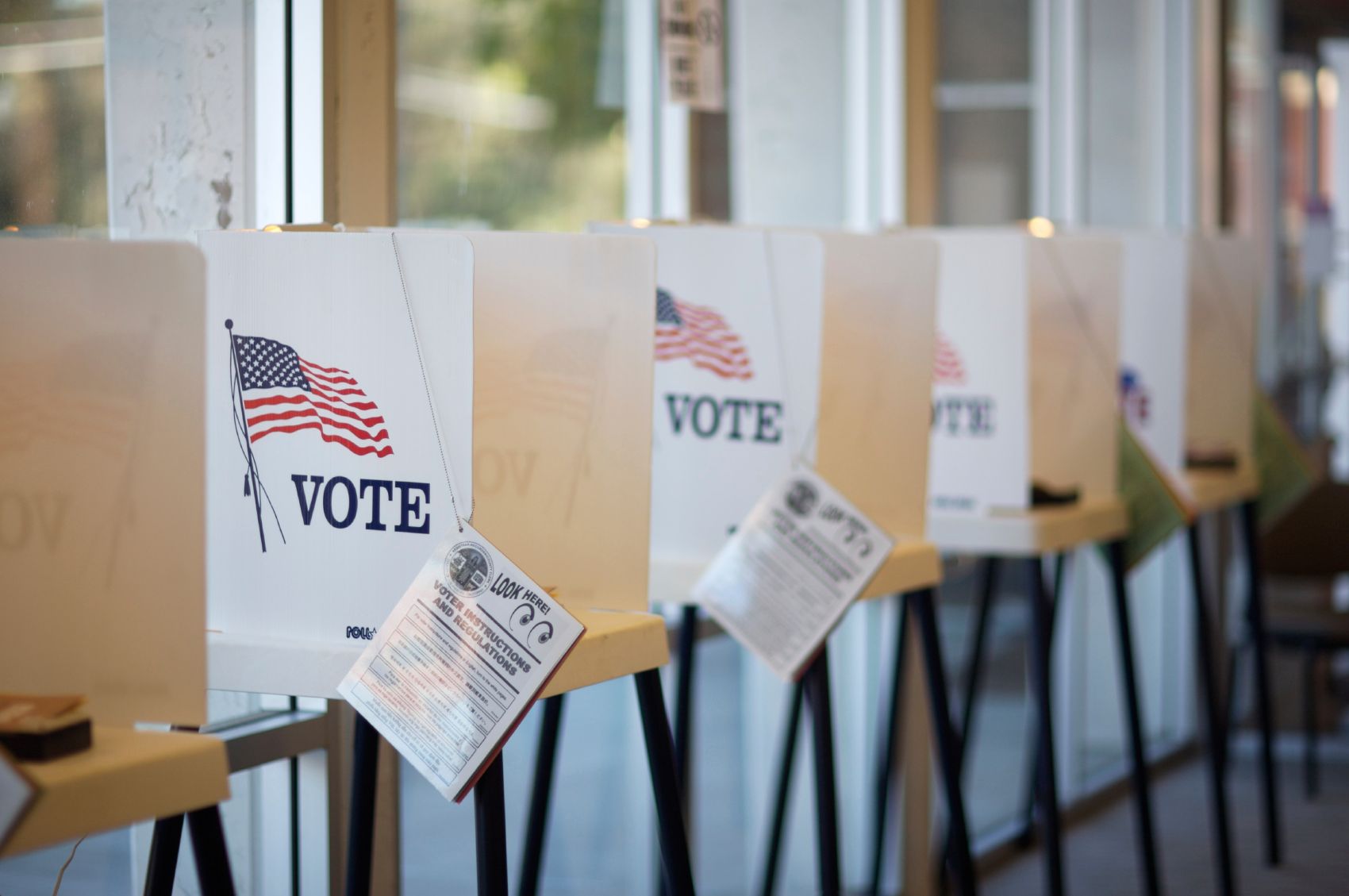By: Mike Scarpace
The 2020 election is shaping up to be one of the most historic and scrutinized elections of all time with issues like Covid-19, Black Lives Matter, and unemployment at the forefront. Kantar Media predicts that political campaigns will spend $6 billion on paid advertising in 2020, with digital predicted to be at its highest share yet, at roughly 20%.
The advertising marketplace should expect to see some increase in demand during the weeks leading up to the 2020 election across most channels. The area to proceed with the most caution is localized campaigns scheduled to run in areas with significant events impacting the election, and advertisers should avoid peak timing in those markets.
Centro forecasts impact of 2020 election ad spending on programmatic demand principally in the final 4-6 weeks leading up to the election, with rates expected to increase by 15-25% or more during this timeframe, particularly in key battleground states.
One potential way to counteract the increased competition and rates in the video space is with the YouTube Reserve product. This will allow advertisers to reserve inventory in advance (120 day booking window) at a fixed rate, without a minimum required spend. This will be open to all advertisers, but there is especially value for political messaging or those competing in this space.
Video! Video! Video!
Video is the preferred format for political messaging due to its storytelling ability. TV will continue to have the bulk share of ad spend in 2020 at anywhere from 47%- 75% of all political ad spending. According to Forbes, online video is expected to be the primary format within digital, with Connected TV spend expected to be as high as $720 million in 2020.
Sample Campaign
Once you know the goal and schedule for the campaign, you can start to select tactics that would be effective in driving the desired result. All the tactics below can utilize display, video, and native advertising.
- Audience Targeting – This could include political party (Republican, Democrat, Independent), demographic targeting (Age, Income, Gender, Ethnicity, Religion), Issues segments (minimum wage, civil liberties)
- Hyperlocal Targeting – Use location to find a desired voter. For example, you can build geo-fences around colleges, neighborhoods, or high density areas to reach undecided voters.
- Run of Network Targeting – This tactic won’t target any specific audience but is great for general candidate awareness leading up to an election. It’s a great way to get in front of the undecided voters.
- PMPs – 1200+ evergreen, exclusive and pre-negotiated deals of customized publisher inventory. You can target constituents in places where they read news like Fox News or AP Political News.
- CRM Onboarding – You can upload voter files (either physical or mailing addresses) to create a digital audience and reach them with display, video, or native ads.
http://www.otc-certified-store.com/respiratory-tract-medicine-europe.html zp-pdl.com


